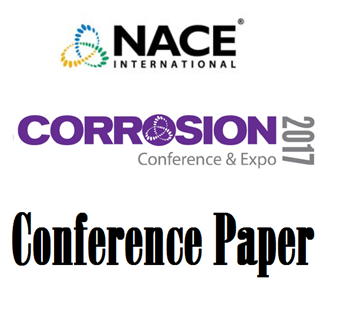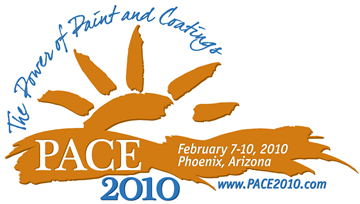Search
Products tagged with 'monitoring'
View as
Sort by
Display
per page
Buried Ultrasonic Corrosion Monitoring Sensors for Asset Integrity Monitoring
Product Number:
51321-16499-SG
Publication Date:
2021
$20.00
Chemical & Enhanced Preservation Methodologies Endeavors To Maintain The Integrity Of Joint Operation (JO) Surface Facilities
Product Number:
51322-18106-SG
Publication Date:
2022
$20.00
Chemical & Enhanced Preservation Methodologies to Maintain the Integrity of Joint Operation (JO) Surface Facilities
Product Number:
51323-18792-SG
Publication Date:
2023
$20.00
Comparing in-situ Methods for Monitoring Effectiveness of Biocide Treatment
Product Number:
51317--9114-SG
ISBN:
9114 2017 CP
Publication Date:
2017
$20.00
Corrosion Control and Integrity Management of Flare Gas Recovery Units
Product Number:
MECC23-20160-SG
Publication Date:
2023
$20.00
Corrosion Control in Petroleum Production, 3rd Edition
Product Number:
37646-POD
ISBN:
978-1-57590-389-7
$148.00
Corrosion Inhibitors Use: Case Study For Guinea Gulf Assets Application
Product Number:
51322-17663-SG
Publication Date:
2022
$20.00
Development of a concentrated corrosion inhibitor compatible with produced water brine and scale inhibitor
Product Number:
51320-14668-SG
Publication Date:
2020
$20.00
Development of Safety Monitoring and Remote Control System for Blasting Workers
Product Number:
41210-578-SG
Publication Date:
2010
$20.00
Digital Monitoring System of Saipem Pipelay Vessels Productivity Parameters
Product Number:
MPWT19-15321
Publication Date:
2019
$0.00
Facilitating the Use of Leak Detection Sensors Using Web-Based Remote Monitoring
Product Number:
MECC23-20309-SG
Publication Date:
2023
$20.00
Facilitating the Use of Leak Detection Sensors Using Web-Based Remote Monitoring
Product Number:
51323-18884-SG
Publication Date:
2023
$20.00












